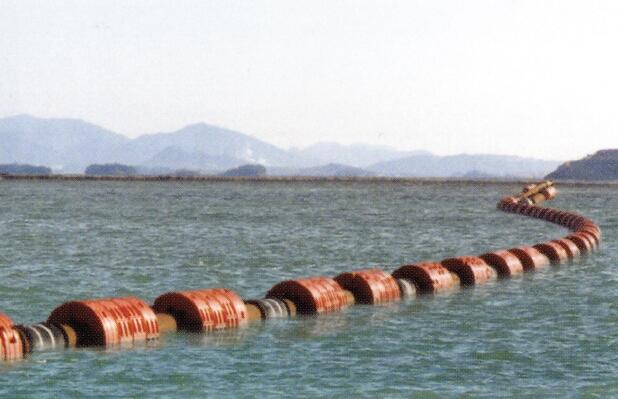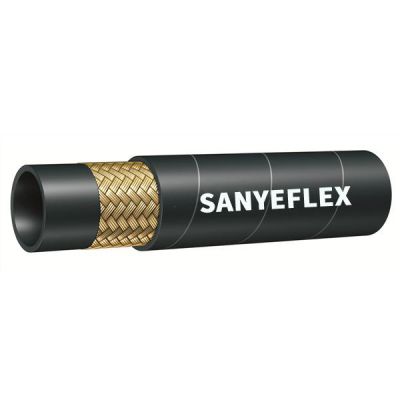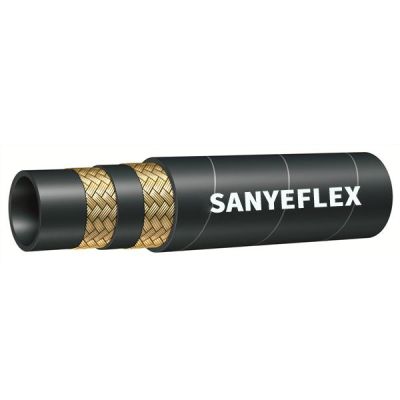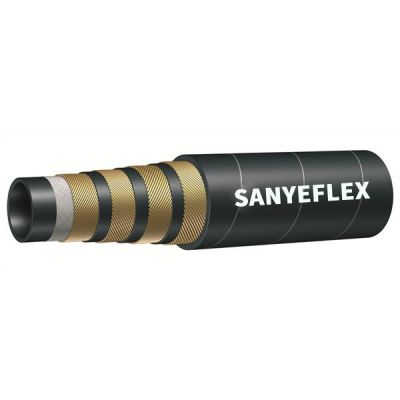Sep. 24, 2024
Dredging is a vital process for maintaining navigable waterways, harbors, and ports. Central to this operation is the dredging hose, a specialized conduit designed to withstand the challenges of transporting abrasive materials such as sand and mud. This article aims to elucidate the inner workings of dredging hoses, exploring their design, functionality, and critical components.

Inner Tube:
At the core of a dredging hose is the inner tube, typically made from a robust rubber compound. This material is chosen for its resilience against abrasion caused by the harsh materials encountered during dredging operations. The inner tube acts as a protective barrier, ensuring the hose's longevity and preventing damage.
Reinforcement Layers:
Dredging hoses incorporate multiple layers of reinforcement, commonly composed of high-strength steel cables. These layers are strategically placed to provide structural integrity, allowing the hose to withstand the substantial pressures generated during the dredging process. The reinforcement layers also contribute to the hose's flexibility, enabling it to navigate challenging terrains.
Outer Cover:
The outer cover serves as a shield, protecting the dredging hose from external elements. Crafted from durable materials, the cover guards against UV rays, adverse weather conditions, and physical damage. This protective layer plays a crucial role in preserving the overall integrity and functionality of the hose.
Connection to Dredging Equipment:
Dredging hoses serve as the conduit between the dredger and the area where materials are being dredged. The hose is connected to the dredging equipment, creating a pathway for the transfer of sediments, silt, sand, and other dredged materials.
Material Transport:
As the dredging equipment extracts materials from the seabed or riverbed, the dredging hose facilitates the efficient transport of these materials through its interior. The robust design of the hose ensures that it can withstand the abrasive nature of the dredged materials without compromising its structural integrity.
Flexibility and Maneuverability:
One of the key functionalities of dredging hoses lies in their flexibility and maneuverability. These hoses are designed to bend and flex, allowing them to navigate the contours of the dredging area. This flexibility is crucial for reaching specific locations and ensuring thorough dredging.
Size and Diameter:
Selecting the appropriate size and diameter of the dredging hose is essential for effective material transport. The hose dimensions must align with the dredging equipment and the specific requirements of the project.
Pressure Rating:
The pressure rating of the dredging hose is a critical factor. It must be able to withstand the pressures generated during dredging operations, ensuring safe and efficient material transport.
Bend Radius and Flexibility:
Adequate bend radius and flexibility are vital for the dredging hose to navigate the twists and turns of the dredging area. A flexible hose enhances maneuverability, enabling it to reach targeted locations.
Dredging hoses play a pivotal role in the success of dredging operations, facilitating the efficient transport of dredged materials. Their robust design, incorporating key features such as reinforced layers and protective covers, ensures durability and longevity in challenging environments.
For top-quality dredging hoses tailored to your project's needs, consider reaching out to a reputable supplier. Our team is committed to providing high-performance solutions for dredging and related applications. Feel free to contact us for more information on how our dredging hoses can contribute to the success of your projects.
Previous: What are the Benefits of Dredging Hose?
Next: What is Dredging Hose?
Our Customer
Tel.: +86 400 0318 111
Email: admin@sanyeflex.com
Add.: #218 Zhongke Street, High-tech Zone, Hengshui City, Hebei Province, China



